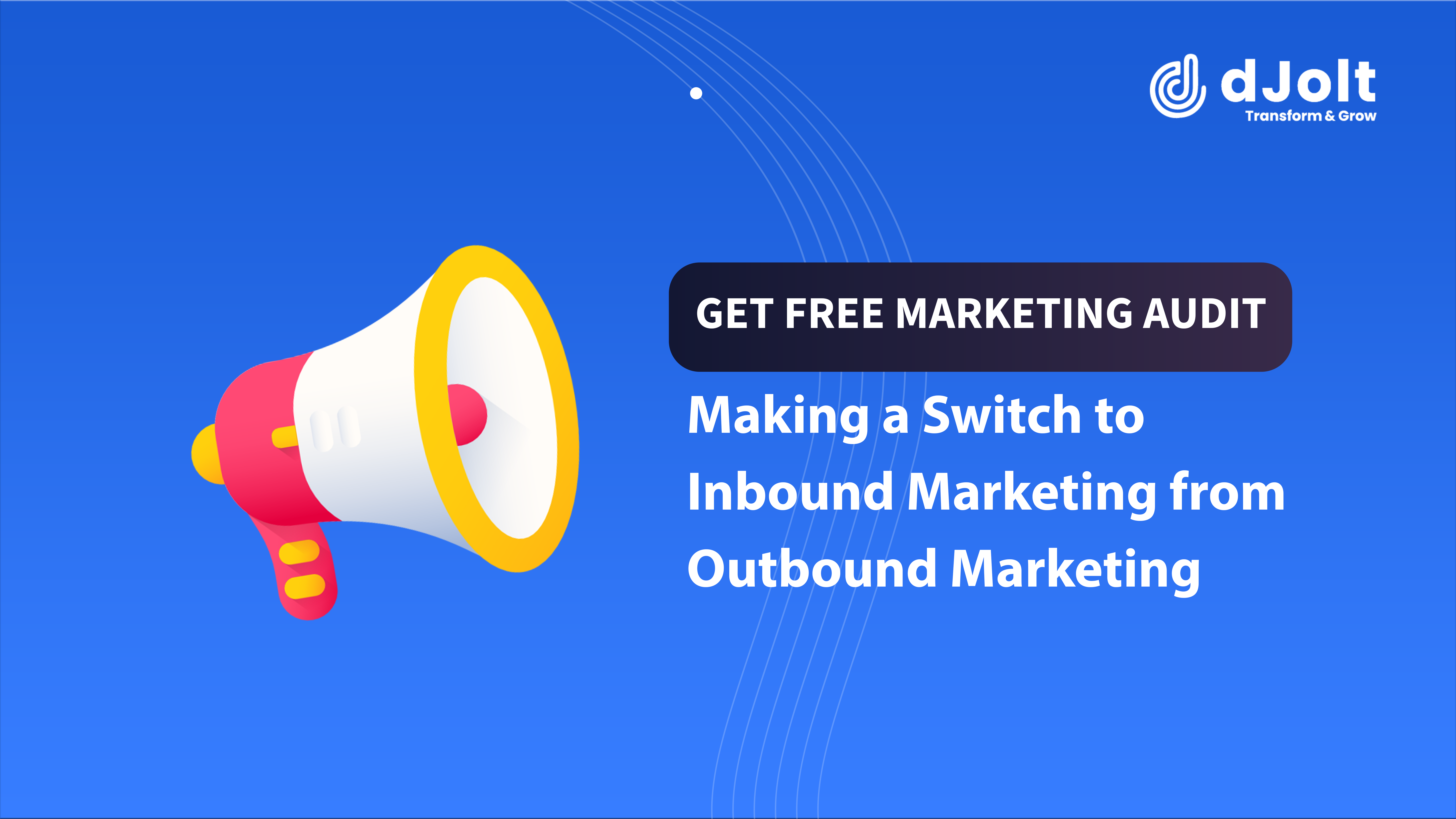Four Successful Ways to Combine Inbound and Outbound Marketing
Inbound Marketing is cost effective and outperforms every time when compared with Outbound Marketing. Some companies rely entirely on Outbound Marketing. Some companies rely mainly on Inbound. However, it is important for companies to combine Outbound and Inbound Marketing as buyers do not always flock to your solutions and brand.
Reasons to combine Outbound and Inbound Marketing:
In seven years of our experience in Outbound and Inbound Marketing, here are the reasons for combining both of them:
- Buyers may not know about your solutions and brand, and you need to push your message out.
- Inbound Marketing takes time to produce results, and companies may not always rely on it for generating leads for events, webinars or tradeshows.
- Outbound Marketing is costly for maintaining long-lasting relationships with customers and building a positive brand reputation.
- Small and medium companies may not have enough content optimized for search engines and for attracting customers.
- Outbound Marketing produces instant results. However, you need to continue investing in it to expect results in the long run.
- With Outbound Marketing alone, you point people to your brand but you leave them die in the inbox.
- Conversion rate from Inbound Marketing is higher than Outbound Marketing. Inbound takes longer time to produce results when compared with Outbound Marketing. So, combining both the approaches helps create a strategy that's stronger than either one when used alone.
How to Use a Combined Strategy
Ready to put both inbound and outbound marketing to work? Take the following four steps.
1. Adopt a Push-pull Approach
Inbound and Outbound Marketing each have its own advantages and disadvantages. Make use of both forces by using one to improve the other.
For example, you can rely on outbound approach (most common one are Ads and Cold E-mail campaigns) to potential customers to get them interested in your company or products. Some of these people sign up on your landing page, and others conduct an online search about your company. For the leads that have signed up, you now have permission to contact them. You can run topic based workflows related to their interests and nurture them towards making a sale from you. For people who have research about your company, all the great content you've created for inbound marketing will kick in, leading searchers to specific webpages that match their interests. Your outbound effort has just helped your inbound-focused content to pull people in.
2. Consider Re-marketing
Even if Inbound Marketing is bringing audience to your landing pages, not all of them sign up to your lead gen forms. However, there is a good chance of them signing up in the future since they have shown intent in learning about your solution or offer. You can reduce the time to sign up by offering re-marketing ads to them. These ads are displayed to people who visited your pages and help you promote your offer.
3. Branding
Your website, social pages, and other digital collateral may be top-notch, but people may not organically discover your brand without an outbound nudge. Turning your company into a household name involves using a variety of outbound efforts, including ads, phone calls, and cold emails.
Once you capture your target audience through outbound, you can ramp up your efforts by inviting visitors to become part of your "family."
4. Don't Just Rely on E-mail
B2B purchases involve a lot of decision makers and take several months for deal closures. You need to shorten this timeframe, so you can avoid the risk of losing the deal. In order to reduce the timeframe, you cannot just rely on Email marketing for educating your audience and pushing them to take a certain action. Use marketing platforms to display ads to potential customers based on the actions they performed on our site.
5. Optimize
Like with all marketing strategies, you must track your so that you know whether your specific efforts are paying off. Google Analytics and UTM parameters help you track, optimize and evaluate how one marketing approach is effecting the other. For instance, does a e-book advertised via outbound work better than a blog post showcasing the same offer? Or do prospects seem equally motivated by both options—or neither? When you find the right inbound-outbound balance, you can turn campaigns off or on, depending on your lead generation desires.
In conclusion, Both Inbound and Outbound Marketing are essential for heightened success. A combined approach ramps up the quality of your leads, solve customer pain points, and communicate better with audiences.


